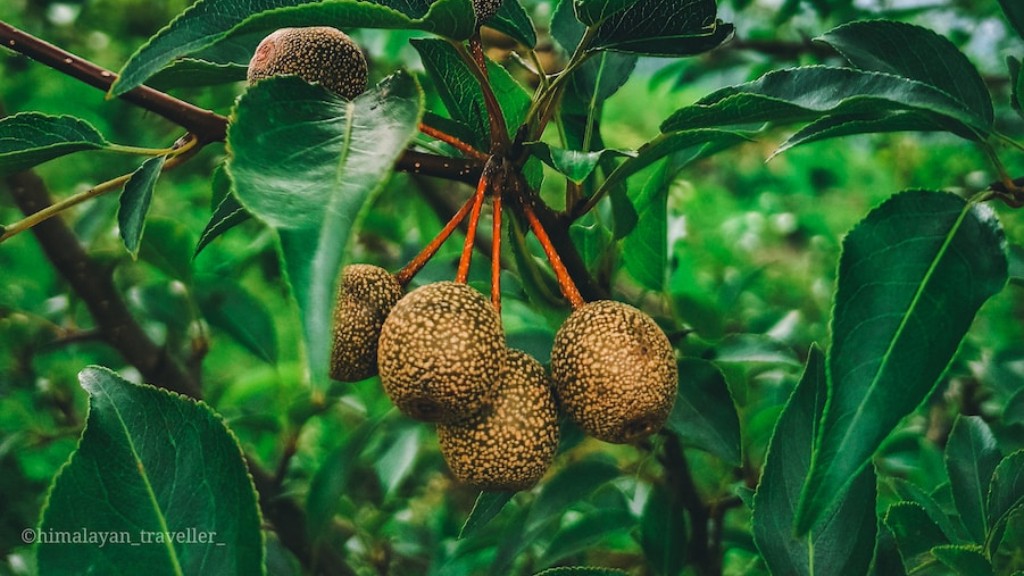People often wonder how to ripen lemons off the tree. After researching the subject, it’s clear that there are three main methods for ripening lemons: leaving them on the tree, off the tree in a cool, dark place, and inside the refrigerator. Let’s investigate each technique in more detail.
Leaving lemons on the tree
Obviously, leaving the lemons on the tree is the easiest way to ripen them. Once they’ve reached optimum ripeness, you can pick them and use them. The trick is to leave the lemons on the tree long enough. The best way to determine if they’ve matured is to check the color and feel. While they shouldn’t feel too hard, they should also not be overly soft and mushy. When they reach the right color shade, they’re ripe and ready to be picked.
Off the Tree in a Cool Place
Another option for ripening lemons is to leave them off the tree in a cool, dark place. Obviously, this means that you don’t get to pick them whenever you want; their ripening will be more time-consuming. This can take up to a week depending on the type of lemon and the temperature of the environment. To speed up the process, leave them in a paper bag and add some other fruits to provide extra ethylene, which is essential for the ripening process.
Inside the Fridge
This is the fastest way to ripen lemons. Just place them inside the fridge and leave them there until they reach the desired color and touch. However, this method is not recommended for lemons that you want to juice; the change in temperature affects the amount of liquid in them, so they will yield less juice. On the other hand, it’s a great option if you want to create flavored lemon peelings or preserve them for later use.
Using a Warm, Dry Environment
Finally, another way to rapidly ripen lemons is to expose them to a warm, dry environment. If the lemons have been harvested early, place them in a window sill of a sun-drenched room or put them in a cardboard box without the lid and place it in direct sunlight for one to two hours. Just remember to rotate them every 30 minutes and monitor their ripeness. During this time, the lemons will soak in the combination of heat, air and sunlight, which can significantly accelerate the ripening process. Once they reach the desired state, be sure to immediately store them in the refrigerator.
Considering the Humidity Level
It’s also important to consider the humidity level. During ripening, the lemons should be in an environment with low humidity because a high humidity level will cause the lemons to decay. If the air is too humid, then you can use a dehumidifier to reduce the moisture. In addition, make sure to move the lemons around to avoid the center of the tree becoming too moist.
Limiting Air Exposure
Finally, it’s also important to limit the amount of air exposure. Too much air can cause the lemons to dry out and become too hard. Therefore, it’s best to place them in a paper bag and close it loosely. By doing so, you’ll create an environment for ripening lemons without allowing too much air exposure.
Checking for Signs of Ripeness
Checking for signs of ripeness is essential when ripening lemons. This includes checking the surface of the skin for color changes and for any soft spots. Additionally, gently press on the skin to feel for any give. Such signs indicate that the lemons have reached peak ripeness and should be picked. However, if the lemons remain firm, then they haven’t reached full maturity and should remain on the tree or in the warm, dry environment.
Testing the Acid Level
Once the lemons have reached peak ripeness, they should be tested for acidity before being used. This is necessary because different types of lemons require different levels of acidity. To test the acid level, cut the lemon in half and squeeze a few drops in a glass. Then use a pH strip to measure the level of acidity; the higher the number, the more sour the lemon. If the pH level is too low, then the lemon can be put back on the tree or into a warm, dry environment and tested again.
Storing Lemon After Picking
Once the lemons have reached the desired ripeness and acidity levels, they should be picked and stored quickly. This will ensure that they maintain their flavor and texture. Storing them in the refrigerator is the best option and they should be used within 4 to 5 days. If you can’t finish them in that time, you can freeze them for later use.
Keeping Away from Rotting Lemons
It’s also important to keep the lemons away from any rotting fruit and vegetables. Rotting fruit and vegetables give off ethylene gas, which can accelerate the ripening process. This could cause the lemons to over-ripen, so be sure to keep them away from the rot. Finally, monitor them closely and check the skin for any decay, as this will indicate that the lemons are no longer safe for consumption.

